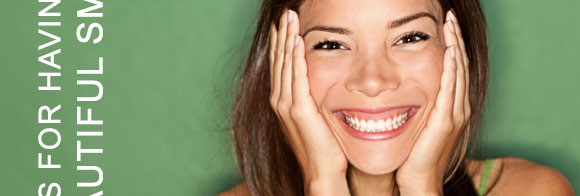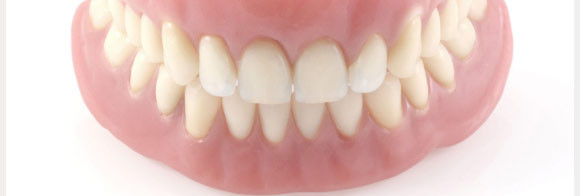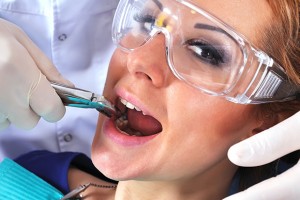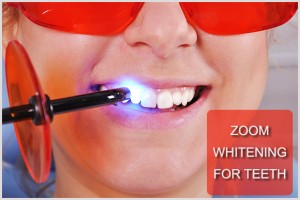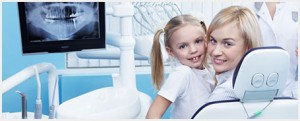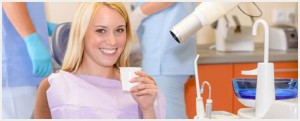Popsicles & Your Teeth
Now that summer has arrived, there are many picnics and barbecues that people will join their friends and family to enjoy the summer. Unfortunately, some of the summer food can be damaging to your teeth (Healthy Gums and Teeth). Luckily, some of these have sugar free alternatives that can still be enjoyable as your favorite treat.
The Effects Popsicles Have on Your Teeth
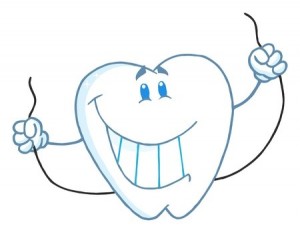
Popsicles & Your Teeth
Popsicles- when the weather gets hot, there are not much enjoyment than having your favorite flavored Popsicle. Although this is a refreshing summer heat escape, it may not be friend to your teeth. The Popsicles are usually filled with sugar site and artificial dyes that may stain your teeth. In general the more your teeth are exposed to sugar, the greater the chance of damage to your teeth. When eating a Popsicle, one tends to lick it for a long time therefore exposing teeth to sugar (Understanding the Connection Between Sugar and Tooth Decay) for much longer time compare to other snack foods. Thankfully, there are many sugar free Popsicles on the market that are as delicious and refreshing but much friendlier to your teeth.
Summer Time Fun That may Effect Your Teeth Other Then Popsicles
Popcorn- to escape from a summer day many people ran away to a movie theater. If you are like most others, you may include popcorn and a soft drink to your movie experience. Popcorn kernels can get stuck in the teeth or may cause teeth to chip, crack or break (Top Dental Emergency Tips).
Hard and chewy candy- people tend to eat more hard candy in the summer than you did in other months. These candies however are damaging in a number of ways. First of all, the more you suck on it, the more you expose your teeth to sugar. Also, if you decide to bite on these candies, you run the risk of cracking or fracturing your teeth (Dental Fracture Wiki Page). There is also the chance that these candies get stocked between the teeth where it is difficult to clean them with brushing (Teeth Brushing Mastering Tips) and flossing (Floss | Flossing Benefits).






